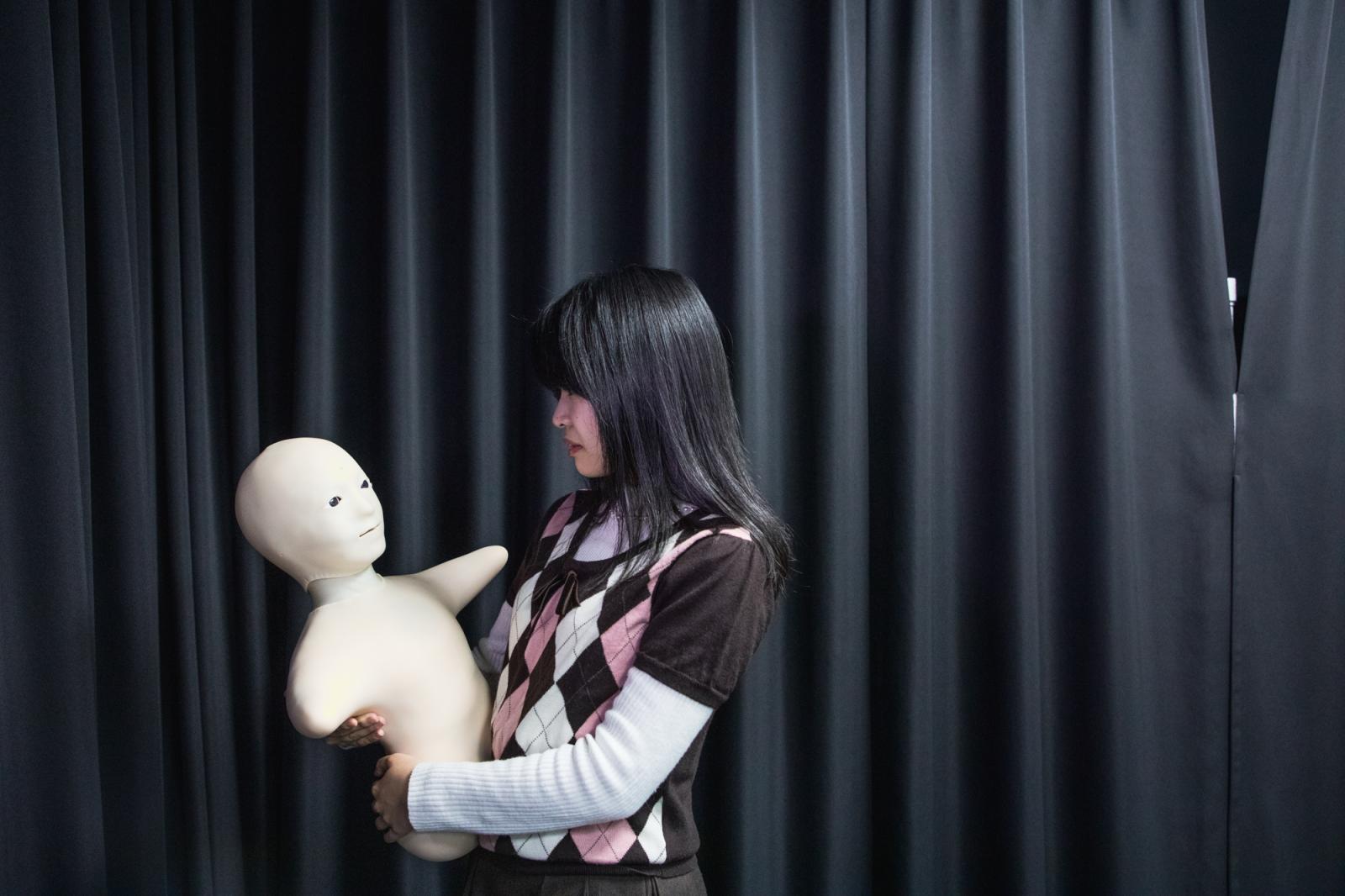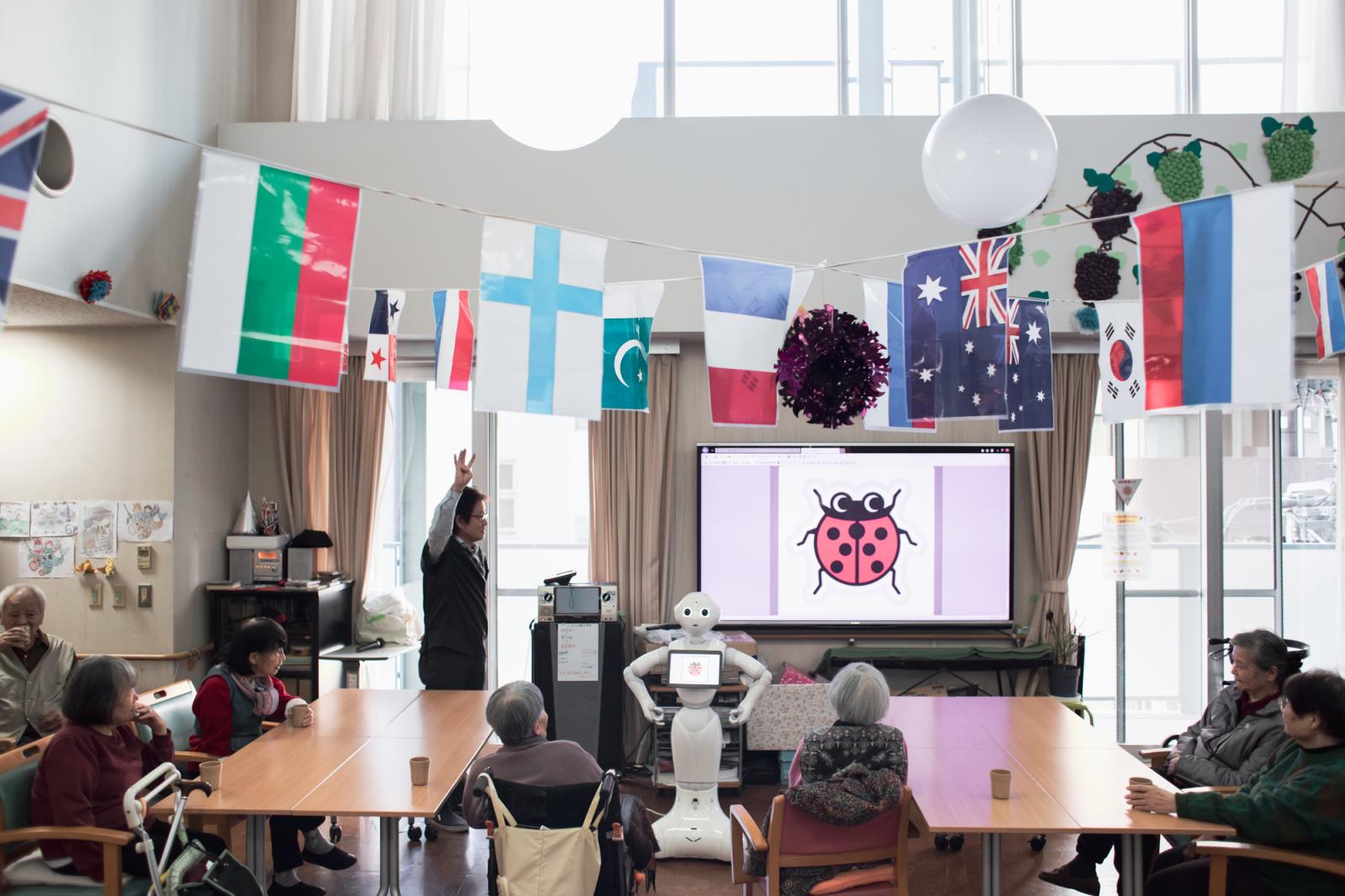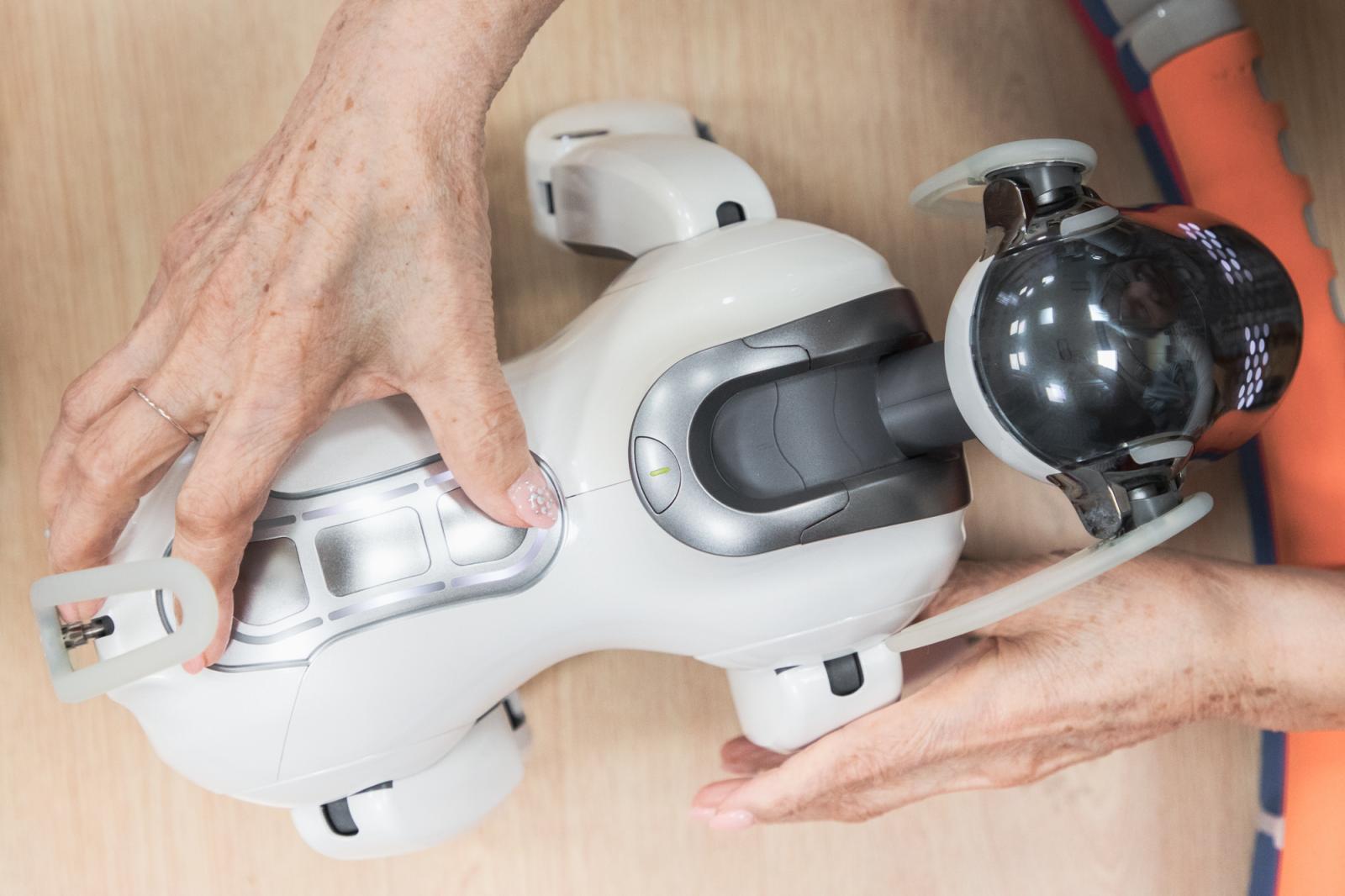Public Story
RelationChip
Can we consider new technologies as friends, lovers and helpers, bringing us to a brighter and more sociable future?
This project aims to be a research about human willing to find something beyond the relation with our fellow human beings, analyzing the way in which new technologies, nowadays and in the near future, are increasingly replacing or modifying human interactions and intimacy, changing sensations and emotions, posing challenges in the area of interpersonal relations. Analyzing different areas of our daily life (healthcare, spare time, sociality) the trend is going towards an increase in the interactions between man and technology, and technology itself acts as a glue, becoming an integral part of human-to-human relation.
This reportage will be wide-ranging and will deeply document several topics related to technologies:
1- HEALTHCARE
• Robotics application for elder care. The “Shin-tomi nursing home”, based in Tokyo, a clinic that uses several models to care for its residents, including mimicking cute furry animals, robotic dogs, human shaped “humanoids,” or full-sized lifting and walking robots.
• Robotics application for elder care. The “Shin-tomi nursing home”, based in Tokyo, a clinic that uses several models to care for its residents, including mimicking cute furry animals, robotic dogs, human shaped “humanoids,” or full-sized lifting and walking robots.
• Robot Therapy applied for pediatric uses. These applications are focused on the interaction between pediatric oncology patients and A.I./ robots to low stress and pain levels. I followed this topic in Italy, in the research laboratory of Pediatric Oncology ward in Padova Hospital.
• Robot Therapy for autistic children. Inside Track Autism, a special school in UK, where robot Kaspar is used for therapy with autistic children. Kaspar has been purposefully designed as an expressive robot offering a more predictable and initially repetitive form of communication, which aims to make the social interaction simpler and more comfortable for the child.
2- SOCIAL RELATIONS
• Cross-dimension relationship between humans and holograms, with the story of Akhiko Kondo, a 35 year old man who is actually married with Hatsune Miku, the first hologram pop-star. He spends his daily life together with a moving, talking hologram of Miku that floats in a $2,800 desktop device. He considers himself an ordinary married man. His holographic wife wakes him up each morning and in the evening, when he tells her by cellphone that he’s coming home, she turns on the lights, and later, she tells him when it’s time to go to bed. And Gatebox, the company that produces the hologram device featuring Miku, has issued a “marriage certificate,” which certifies that a human and a virtual character have wed beyond dimensions.
3- ART AND ENTERTAINMENT
• How new technologies are changing the way in which people enjoy art and entertainment. Founded in Japan in 2001, TeamLab is a group of artists working in digital media. Paint and clay is replaced by light and shade that take viewers into a new way of feeling the environment. A growing trend in the sector is integration into the displays of new methodologies and strategies designed to enhance visitor engagement. Allowing visitors to explore and discover objects in new ways is now a key focus for many institutions. We are seeing the integration of interactive and multi-sensory technologies. Today, museums display a genuine desire to reconsider the roles of history, culture and learning, and explore how technology alters the relationship between audiences and objects.
• How new technologies are changing the way in which people enjoy art and entertainment. Founded in Japan in 2001, TeamLab is a group of artists working in digital media. Paint and clay is replaced by light and shade that take viewers into a new way of feeling the environment. A growing trend in the sector is integration into the displays of new methodologies and strategies designed to enhance visitor engagement. Allowing visitors to explore and discover objects in new ways is now a key focus for many institutions. We are seeing the integration of interactive and multi-sensory technologies. Today, museums display a genuine desire to reconsider the roles of history, culture and learning, and explore how technology alters the relationship between audiences and objects.
• The increasing interaction with digital technology has also led to a new way of entertainment and gaming, with Virtual reality becoming more and more enhanced. VR theme parks are pioneering a new type of entertainment, and testing the boundaries of virtual human experiences, where users can easily feel the same emotions of the real life, like the sensations given by altitude, speed, balance and scary adventures.
• Aida, the world first ultra realistic humanoid Ai Robot Artist. In June 2019, she opened her first solo exhibition, called “Unsecured futures”. Aida was created byAidan Meller and Lucy Seal, and she is able to draw creatively thanks to in-built artificial intelligence technology. She can sketch a portrait by sight, or compose a conceptual painting. The humanoid machine can walk, talk and hold a pencil or brush, she ‘sees’ through a camera in her eye and responds without human intervention, isolating her subject from the background, interpreting it and drawing it by hand.
4- TECHNOLOGICAL RESEARCH
• ATR laboratories in Kyoto, pioneers in AI and androids technology, focused on human relations. University, and he is the “father” of the Geminoid, a humanoid that is the exact copy of himself: the android twin is immediately recognizable, looking just as he does in promotional photos from recent years: perfectly mod in slim-fitting black with matching leather backpack and fanny pack. Erica is another android created by Hiroshi Ishiguro and ATR Labs near Kyoto, specifically designed for natural conversations through the incorporation of human-like facial expressions and gestures.
• ATR laboratories in Kyoto, pioneers in AI and androids technology, focused on human relations. University, and he is the “father” of the Geminoid, a humanoid that is the exact copy of himself: the android twin is immediately recognizable, looking just as he does in promotional photos from recent years: perfectly mod in slim-fitting black with matching leather backpack and fanny pack. Erica is another android created by Hiroshi Ishiguro and ATR Labs near Kyoto, specifically designed for natural conversations through the incorporation of human-like facial expressions and gestures.
• Telexistence Inc. in Tokyo, a company focused on advanced robots, tele-operated, able to live experiences in behalf of their owner. Telexistence Inc.’s technology allows human operators to manipulate genetically engineered bodies or lifelike robots from a distance, giving them enhanced abilities such as superhuman strength. Researchers in Tokyo have developed a prototype humanoid robot that can be controlled by a user wearing a virtual reality head-mounted display and haptic feedback gloves. Through this setup, the user can see and feel what the robot senses, allowing him or her to make changes to the robot’s environment. “Telexistence gives you a whole new body” says the inventor of the technology, Susumu Tachi, Professor Emeritus of The University of Tokyo, and chairman of Telexistence Inc.


























